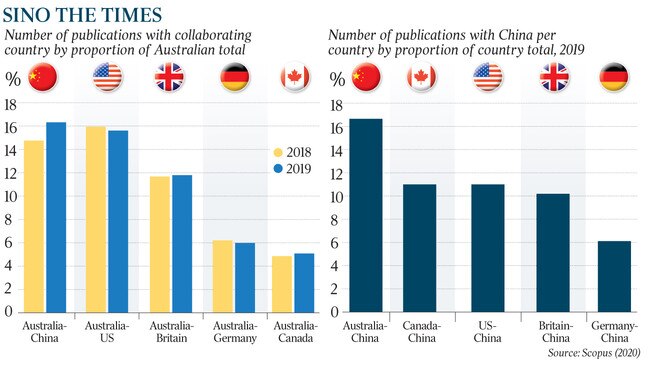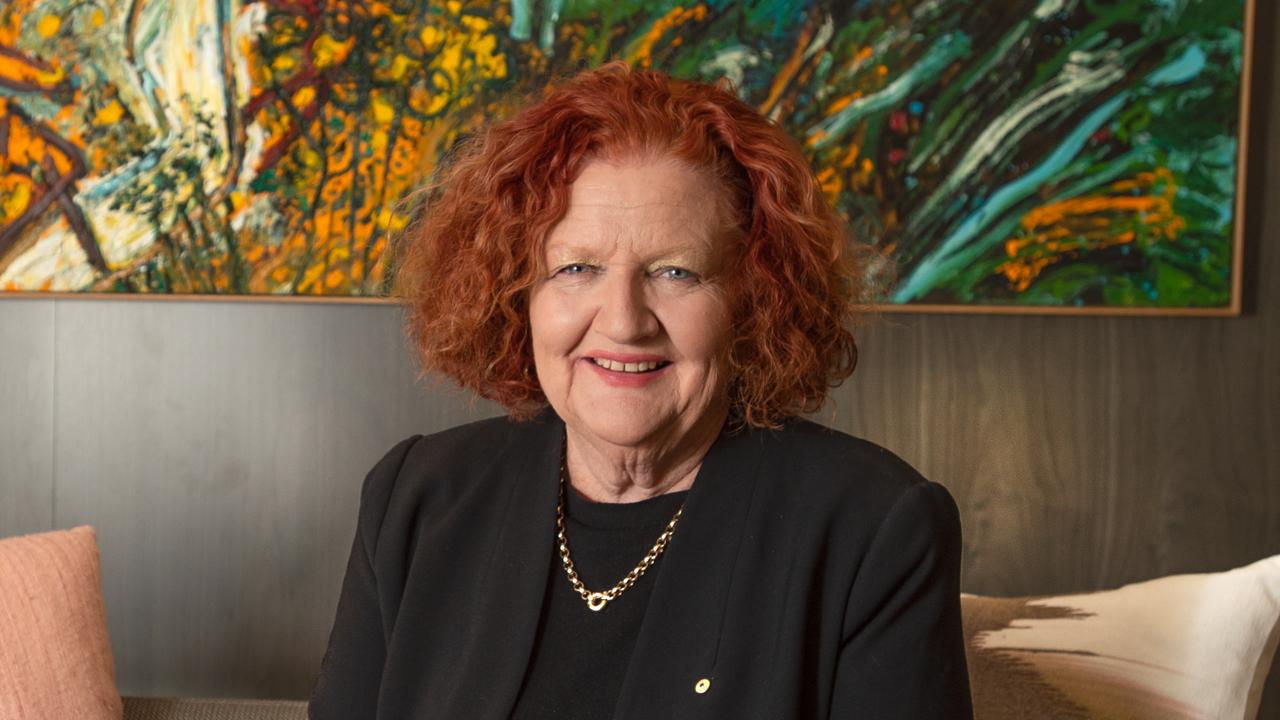Researchers more likely to partner with Chinese
China has overtaken the US as Australia’s major partner in scientific research.

China has overtaken the US as Australia’s major partner in scientific research after a 13 per cent increase in the number of Australian research papers published in collaboration with Chinese co-authors last year.
A new study from the UTS Australia-China Relations Institute finds 16.2 per cent of Australian scientific papers published last year were Australia-China collaborations, compared to 15.5 per cent with the US.
One of the study authors, ACRI director James Laurenceson, said Australia’s increasing links with researchers in Chinese universities were due “simply to China’s rise as a global hub of scientific knowledge creation”.
The largest area of co-operation is materials science, where 39.4 per cent of Australian papers last year were written in conjunction with Chinese colleagues.
However Alex Joske, a China analyst at the Australian Strategic Policy Institute, warned that materials science was a field of intense interest to the Chinese military because of applications in stealth technology, battery development, improved armour and other areas. “Chinese civilian universities are more and more involved with the military which makes it much harder to cut out the risk of military collaboration with China,” Mr Joske said.
The ACRI report also finds Australian scientists, with about one in 10 papers collaboratively produced with China, engaged with the country rather than other key Five Eyes partners — the US, UK and Canada — where about one in 10 papers are written with Chinese co-authors.
But countries such as Singapore are even more aligned with China in their research. About one in three Singapore scientific papers are written with Chinese co-authors.
While Australia’s scientific collaboration with China continues to rise, links with other western countries are static or falling, particularly in high quality research papers which are in the top 1 per cent of those cited by other researchers.

The ACRI paper finds the number of Australian papers with China-affiliated collaborators grew by 12.8 per cent in 2018 while those involving collaborators from other research powerhouses — the US, the UK, Germany and Canada — all fell.
“China is simply becoming an increasingly attractive partner relative to the alternatives,” Professor Laurenceson said. “Australian scientists don’t work for charity, they work with the best collaborators they can find, and they are increasingly in China.”
Mr Joske said he was not opposed to Australia’s research links with China. “I think we can expand our collaboration with China, as long as it’s done in a way that is mindful and honest about the moral, defence and security risks around IP loss and technology transfer,” he said. “There are a whole range of areas where it is of mutual interest.”
Australian universities expect to lose up to $5bn in revenue this year due to the loss of international students and much of this loss is expected to hit research budgets.
Professor Laurenceson said that loss of research funding in Australian universities would make Australia a less attractive research partner, not only to China, but also to other countries.
“Chinese, US and Japanese universities have options as to who they work with. They find Australian universities to be attractive partners because we have a well-funded system,” he said.
As research funding drawn from international student fees dropped away “Australian universities might find themselves less attractive as research partners”, he said.
The ACRI report also found scientific collaboration between the US and China is going up.




To join the conversation, please log in. Don't have an account? Register
Join the conversation, you are commenting as Logout